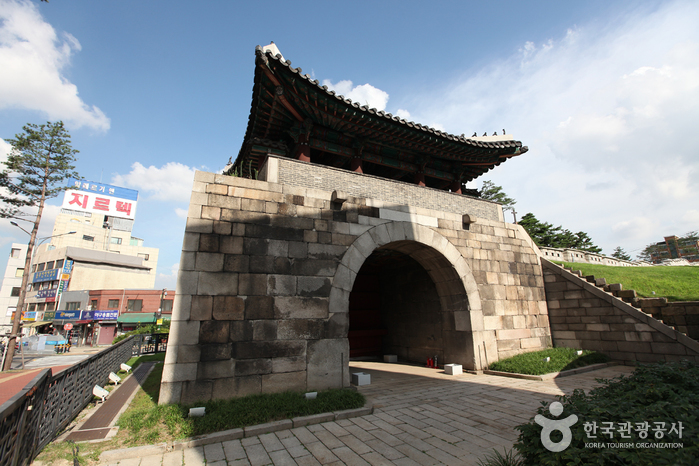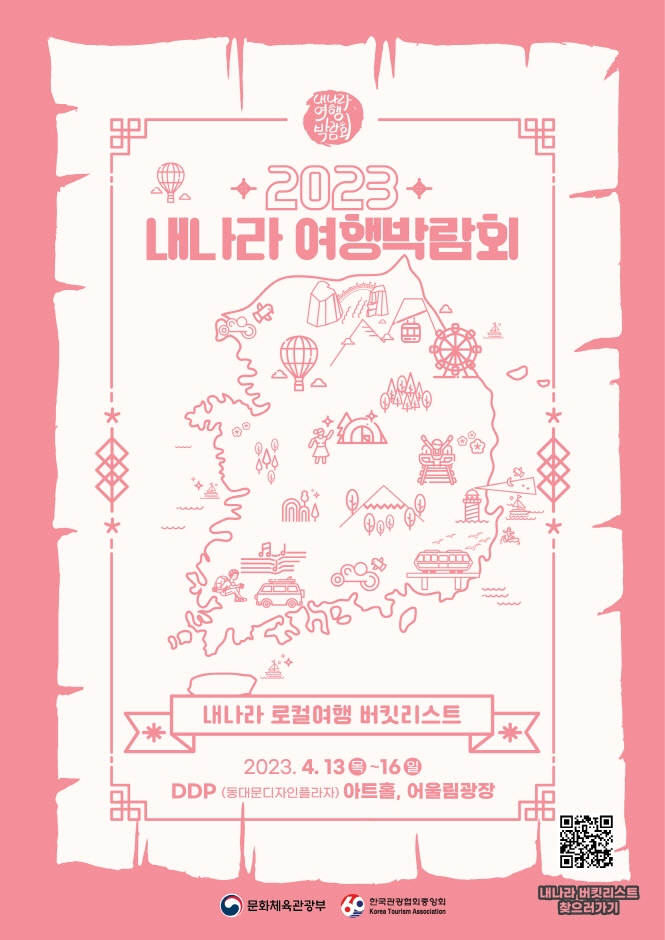Some Sevit (세빛섬)
8.0Km 2022-12-16
2085-14, Olympic-daero, Seocho-gu, Seoul
+82-1566-3433
Some Sevit is a culture complex made up of three man-made floating islands near the southern end of Banpo Bridge. The islands were created with the theme of "flowers of the Hangang River" and represent the view, life, and the earth, as well as a flower in various stages of life. The largest island, 'Some Gavit' symbolizes the view and takes the form of a flower in full bloom. It is a multi-functional cultural facility that can be used as a venue for performances, international conferences, exhibitions, and more. The second island, 'Some Chavit' looks like a flower bud, an image of life. A range of cultural experiences and event zones including Beat Square, Youth Woods, and restaurants using 3D to bring themes to life are located here. The third and smallest island, 'Some Solvit' takes the form of a seed planted in the earth. This island has water sports facilities and an outdoor garden from which you may enjoy the picturesque scenery of the Hangang River. Around the floating islands are LED lights that create a fantastic night view under the theme of "a gleaming light in the mist."
Gwanghuimun Gate (광희문)
8.0Km 2021-02-24
344, Toegye-ro, Jung-gu, Seoul
+82-2-3700-3900
Gwanghuimun Gate is said to have been originally constructed in 1396, the 5th year of King Taejo, at the southeast of the capital city. It was often referred to as Sugumun Gate (water channel gate) and was actually used as a Sigumun, literally meaning “corpse gate,” as funeral processions passed through this gate when exiting to the east.
During the Imjin War (1592-1598), the fortress gate was destroyed to such a degree that it made finding the original location close to impossible. Nevertheless, reconstruction efforts were started in 1711 (37th year of King Sukjong) and the gate was restored together with the gate's watchtower. Gwanghuimun Gate remained intact even when the fortress walls were demolished to build tram tracks during the Japanese occupation, but it was later damaged during the Korean War and left neglected. In 1975, restoration work was carried out to relocate Gwanghuimun Gate to a site 15 meters south of its original location since it stood in the middle of the road.
Kwangjuyo - Hannam Branch [Tax Refund Shop] (광주요 한남)
8.0Km 2024-06-27
28, Hannam-daero 20-gil, Yongsan-gu, Seoul
-
GS25 - Jongno Korea Natinal Open Unniversity Branch (No. 2) [Tax Refund Shop] (GS25종로방통대2점)
8.0Km 2024-06-27
1F, 78, Ihwajang-gil, Jongno-gu, Seoul
-
Doota (두산타워)
8.0Km 2022-08-25
275, Jangchungdan-ro, Jung-gu, Seoul
+82-2-3398-3114
Doota is a fashion mall full of trendy fashion items including designer shops, select shops, luxury brand stores, cafes, and restaurants. The fashion mall also prepared convenience shopping experience and various events and programs.
International Modern Dance Festival (MODAFE)
8.0Km 2021-08-11
15-15, Daehak-ro 10-gil, Jongno-gu, Seoul
• 1330 Travel Hotline: +82-2-1330 (Korean, English, Japanese, Chinese) • For more info: +82-2-763-5351
International Modern Dance Festival, abbreviated to MODAFE, commemorates all artists and the public community as our society’s “little hero.” The festival aims to show the present and future of Korea's contemporary dance.
Daehakro Arts Theater (대학로예술극장)
8.0Km 2021-07-05
17, Daehak-ro 10-gil, Jongno-gu, Seoul
+82-2-3668-0007
Daehakro Arts Theater is a venue for performing arts that is comprised of a main hall and small hall. The main hall fills the first and second floors and has a proscenium stage with seating arranged in fan-shape. In an effort to present a more contemporary theater experience, the seats here are placed closer to the stage than those of a standard theater, allowing the audience to experience performances more vividly.
Korea Travel Expo (내나라 여행박람회)
8.0Km 2023-04-10
281, Eulji-ro, Jung-gu, Seoul
• 1330 Travel Hotline: +82-2-1330 (Korean, English, Japanese, Chinese) • For more info: +82-2-3445-1519
The Korea Travel Expo is a gathering of Korean regional tourism organizations, as well as travel aficionados from all over the world. It is held annually in order to help increase the national tourism volume, information exchanges, travel service quality, and local economies.


![Kwangjuyo - Hannam Branch [Tax Refund Shop] (광주요 한남)](http://tong.visitkorea.or.kr/cms/resource/71/3314171_image2_1.jpg)

 English
English
 한국어
한국어 日本語
日本語 中文(简体)
中文(简体) Deutsch
Deutsch Français
Français Español
Español Русский
Русский